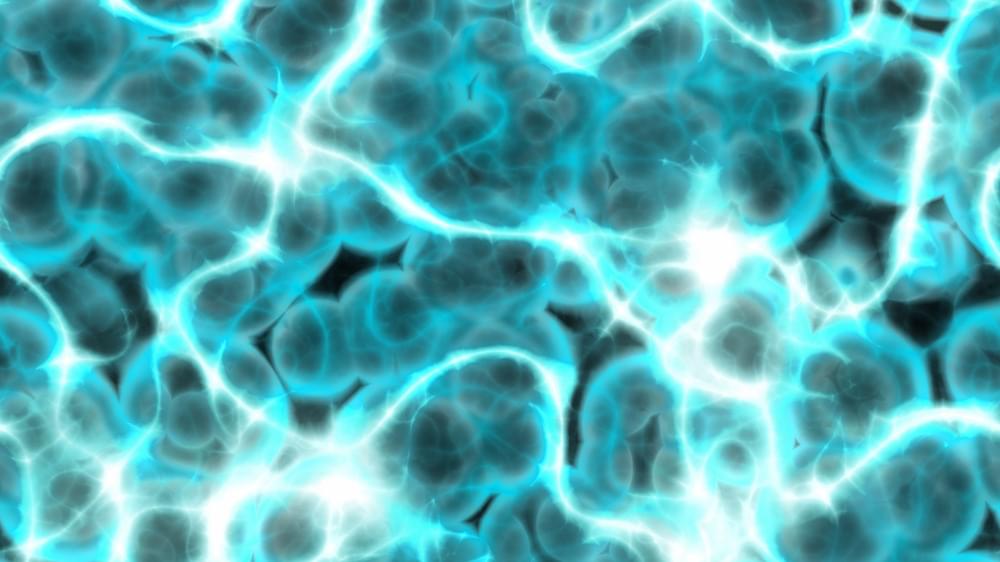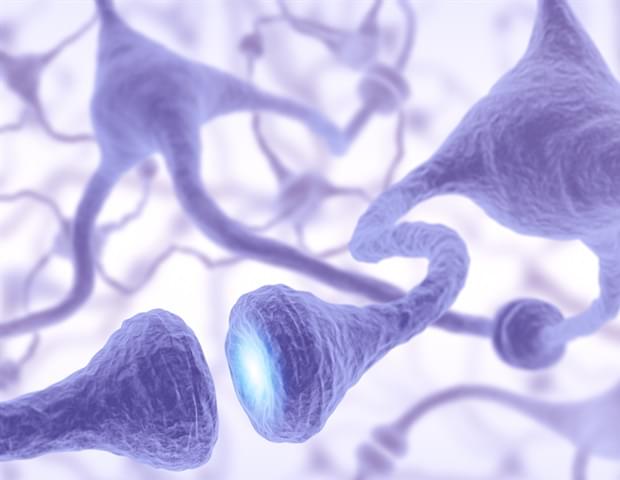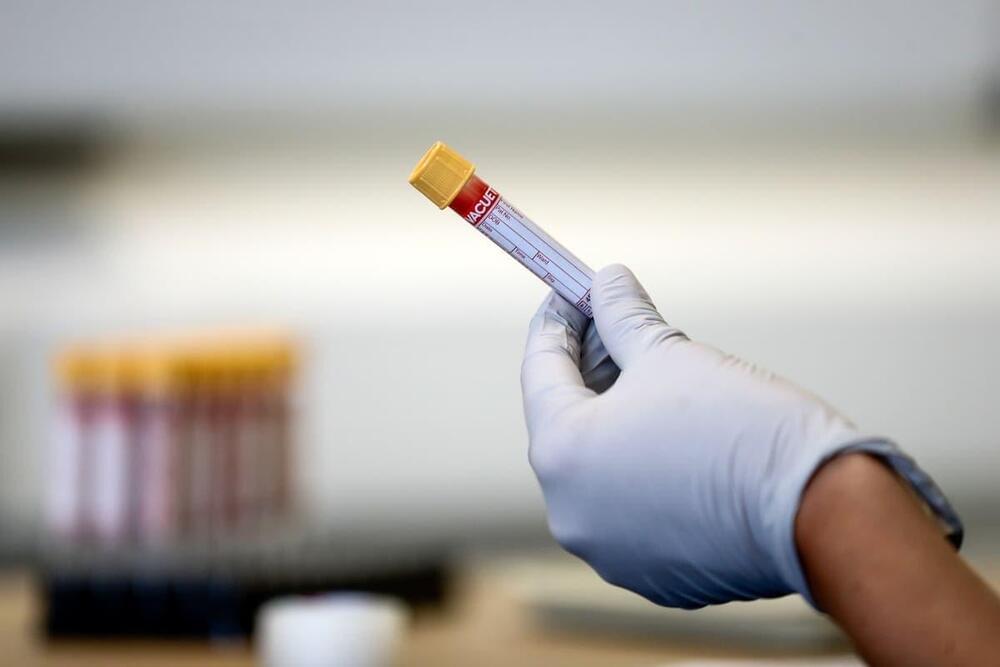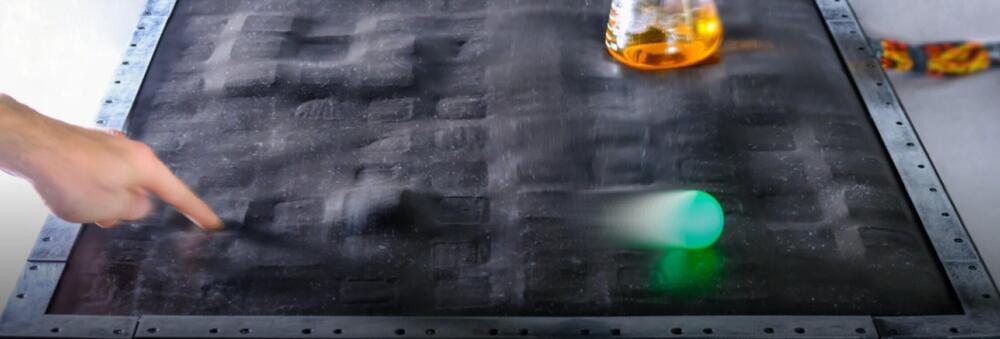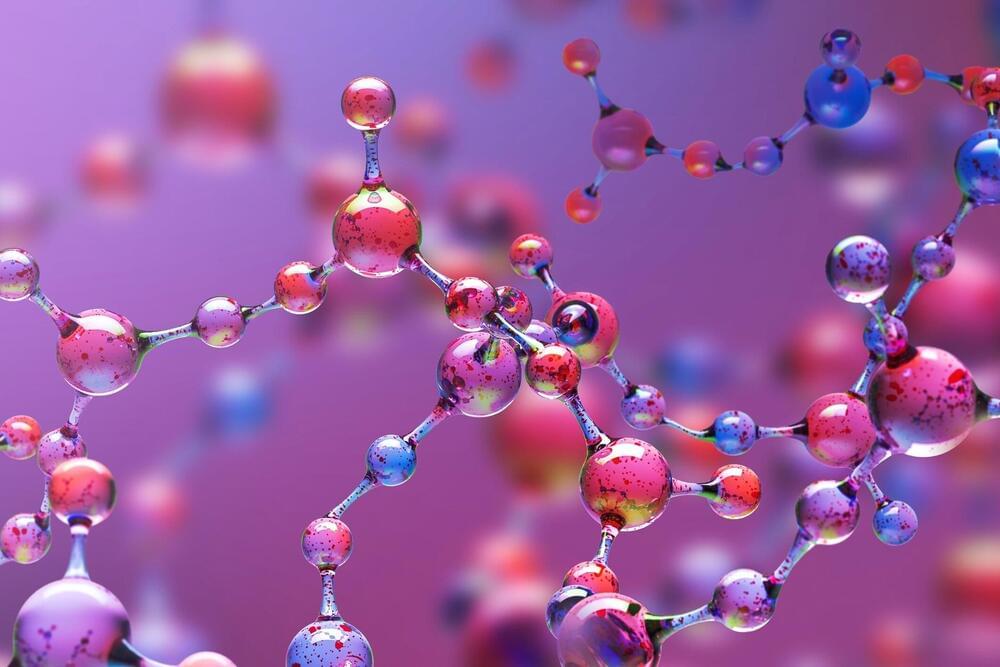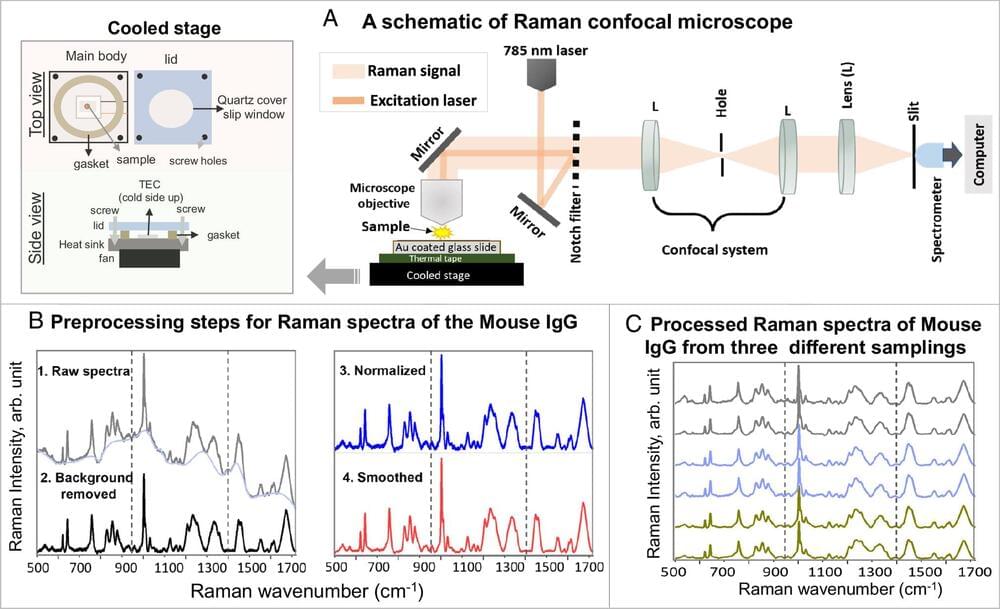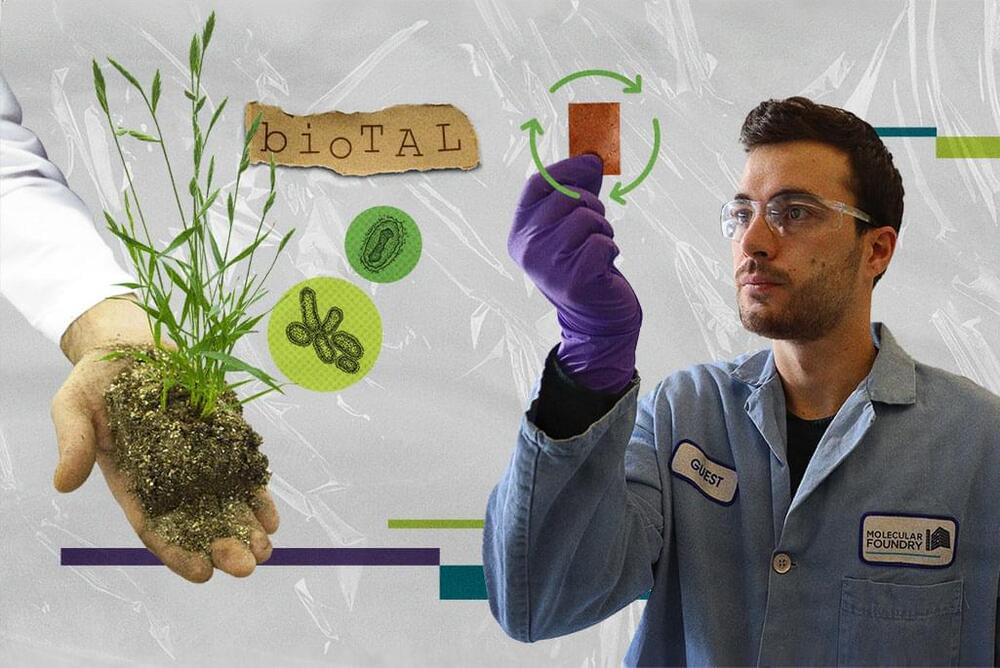Aug 2, 2023
Genetically Engineering Cells to Respond to Electricity
Posted by Shubham Ghosh Roy in categories: biotech/medical, chemistry, engineering, genetics
A paper published today in Nature Metabolism has described a method of genetically engineering cells to respond to electrical stimuli, allowing for on-demand gene expression.
Despite its futuristic outlook, this line of research is built upon previous work. The idea of an implantable gene switch to command cells in order to deliver valuable compounds into the human body is not new. The authors of this paper cite longstanding work showing that gene switches can be developed to respond to antibiotics [1] or other drugs, and the antibiotic doxycycline is used regularly for this purpose in mouse models. More recently, researchers have worked on cells that control their output based on green light [2], radio waves [3], or heat [4].
However, these mechanisms have their problems. A gene trigger that operates in response to a chemical compound requires that compound to have stable, controllable biological availability [5]. If it relies on any wavelength of electromagnetic radiation, that process may be triggered by mistake or require intense energy to function [3].
